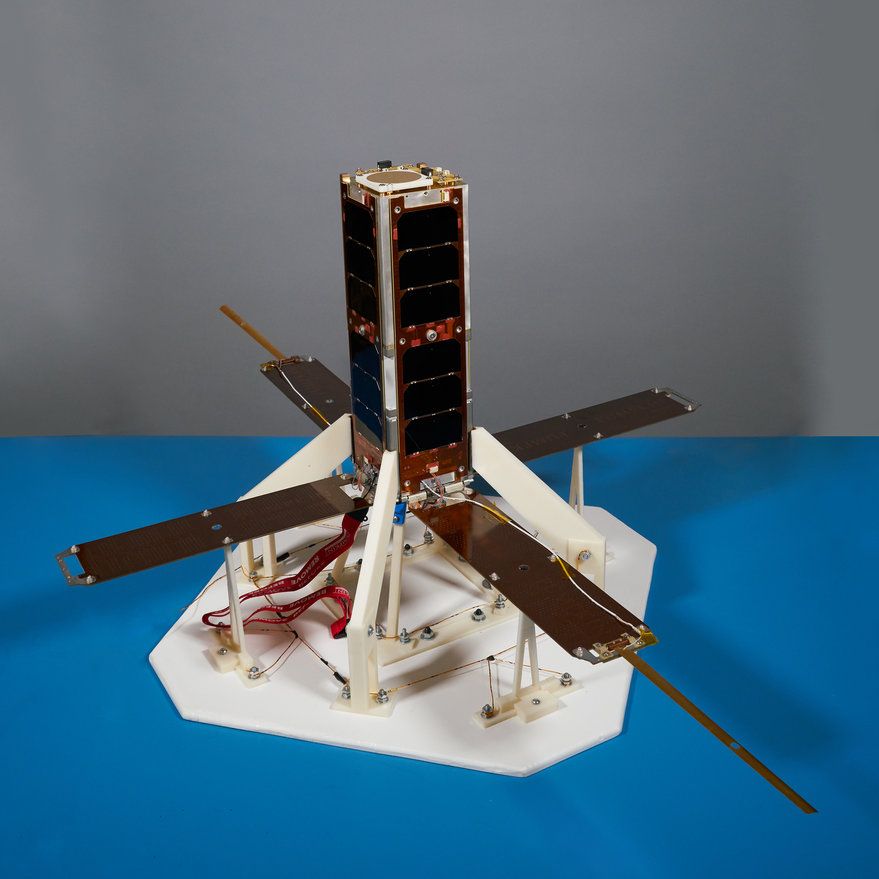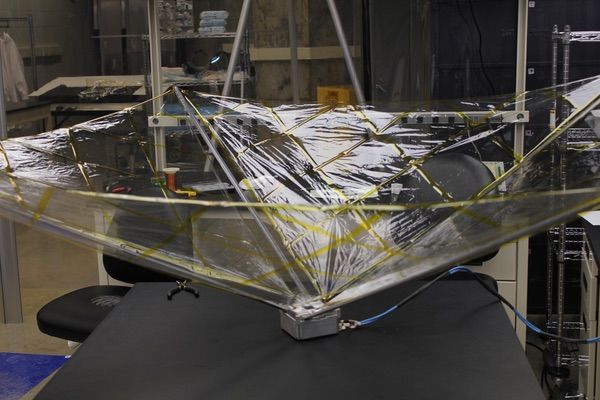https://reader.elsevier.com/reader/sd/pii/S0033062020300372?…923A265B74â¬
A relatively intense earthquake was recorded today at 17.02, on central Calabria on the Sila massif. The earthquake was clearly felt over much of the region.
WASHINGTON — Lockheed Martin will acquire the satellite technology assets of Vector by default after a bankruptcy court received no qualified bids by a deadline last week.
In a Feb. 24 filing in the United States Bankruptcy Court for the District of Delaware, lawyers overseeing the bankruptcy proceedings for Vector said that they received no qualifying bids for the company’s GalacticSky software-defined spacecraft technology by a Feb. 21 deadline.
As a result, Lockheed Martin, which provided debtor-in-possession financing when Vector filed for Chapter 11 bankruptcy in December, will obtain the assets with a “stalking horse” bid of $4.25 million, according to the terms of a Jan. 24 filing. That deal will be finalized at a Feb. 28 court hearing.
A 3,000-year-old temple, built by the Canaanites around the time of the ancient Israelite invasion, has been unearthed in southern Israel.
Scientists in Australia are making some astonishing claims about a new nuclear reactor technology. Startup HB11, which spun out of the University of New South Wales, has applied for and received patents in the U.S., Japan, and China so far. The company’s technology uses lasers to trigger a nuclear fusion reaction in hydrogen and boron—purportedly with no radioactive fuel required. The secret is a cutting-edge laser and, well, an element of luck.
The laser doesn’t heat the materials. Instead, it speeds up the hydrogen to the point where it (hopefully) collides with the boron to begin a reaction.
Built on decades of previous research, a team from the University of Wisconsin-Madison teased out a tiny chunk of brain tissue within the thalamus, a nub above the brain stem, as a critical part of NCC. As proof of concept, they gave it several bouts of electrical shocks, and restored awareness in unconscious monkeys under heavy anesthesia.
The crux? As soon as the electrical stimulation stopped, the monkeys’ awareness also slipped away.
Although the thalamus has long been thought of as somehow involved in supporting consciousness, the study is one of the first to pinpoint exact neural circuits—highways between the thalamus and parts of the cortex—as “switches” for consciousness that we can control using brain stimulation. And that’s wonderful news for comatose patients.
If you can’t defeat death, what if you could postpone it, or at least postpone the diseases commonly associated with getting old?
Many people, especially the ultra-wealthy in Silicon Valley, are investing money into companies trying to answer exactly those questions.
Amazon CEO Jeff Bezos and billionaire PayPal co-founder Peter Thiel have both invested in South San Francisco-based Unity Biotechnology, a company whose mission is to “extend human healthspan, the period in one’s life unburdened by the disease of aging.”
Super Market of Italy Empty fear of coronavirus.
La gente en milan Italia esta vaciando los supermercados después del brote de coronavirus al norte de italia.
This chapter appears concurrently in Age of Robots and includes content and quotes garnered from interviews with James J. Hughes, Jerome Glenn, Ian Pearson, Richard Yonck, John C. Havens and Alexandra Whittington on the Seeking Delphi™ podcast between April of 2017 and November of 2018. **.
There are currently about 22,000 tracked objects in LEO, some of which are smaller than one centimeter. The focus of many current plans has been on the active removal of current debris.
But with a projected 57,000 new satellites expected to launch by 2029, the question becomes: how to prevent new debris? Currently, at Purdue University’s School of Aeronautics and Astronautics, David Spencer and his team are working on a passive debris removal system using drag sail deorbiting technology where these passive deorbiting systems are embedded within a spacecraft for deorbiting at the end of the spacecraft’s lifetime.
Licensed by Vestigo Aerospace and funded through a Purdue University Research Foundation grant, Spencer and his team hope to launch a drag sail prototype with Texas-based Firefly Aerospace, no earlier than this April. Right now, Spencer is the project and mission of LightSail 2, a solar sail currently in orbit.









